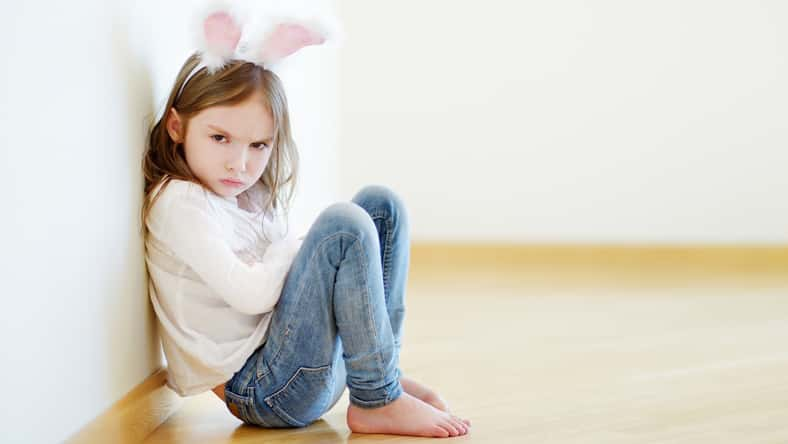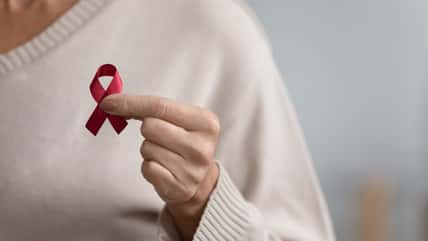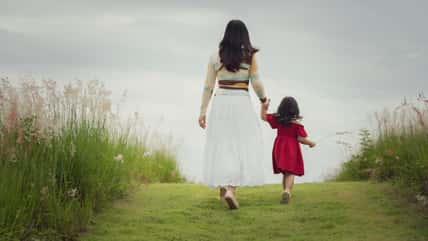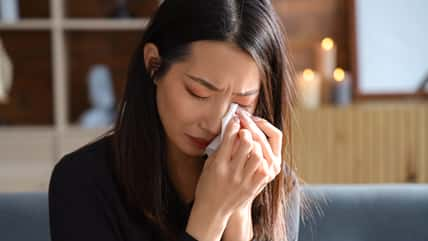Pandemic-Induced Anxiety Is Contributing To Violence And Aggression In Kids

It is no secret that the COVID-19 pandemic has exacerbated depression and anxiety in adolescents.
Still, once children returned to school, many medical professionals expected these feelings to fade. Instead, Stephanie Marcy– the Medical Director of Integrated Behavioral Health in General Pediatrics at the Children’s Hospital Los Angeles– saw the opposite.
“When I started to see more anxiety in our youth once schools reopened, I realized this is normal. Of course, they’re anxious. They’ve been away from school for eighteen months and just need to adjust,” Dr. Marcy said.
This adjustment never came, though. Rather, Dr. Marcy saw the pandemic-induced anxiety manifest itself in secondary behaviors. This concerning list includes violence, aggression, and bullying.
One example that strongly paints this picture includes the increased rates of gun violence in schools.
The 2021-2022 school year’s first three months saw triple the amount of gun-related incidents compared to the same period of 2019.
It is almost important to note that adolescent anxiety can also be tied to other factors, including learning loss.
Many students fell behind while isolated and learning remotely for much of the pandemic. It was already easy to feel out-of-place at school due to physical and social changes.
Now, students are also battling feelings of inadequateness, which heightens anxiety and leads them to avoid school altogether.

MNStudio – stock.adobe.com
Sign up for Chip Chick’s newsletter and get stories like this delivered to your inbox.
Dr. Marcy believes that the best way for parents to help their children right now is to model healthy behavior.
“First, having at least one stable, responsive, and nurturing adult in a child’s life is a huge protective factor. It doesn’t have to be a parent– just someone who can convey to the child that they are important, valuable, and cared for,” Dr. Marcy said.
She also added that modeling skills such as problem-solving, coping, stress management, conflict resolution, and mindfulness are key for navigating post-pandemic adolescent anxiety.
Finally, as parents, be mindful of your own anxieties. Children pick up on everything, whether you are practicing unhealthy coping mechanisms or making time for mindful self-care.
“This practice is about letting your child borrow your calm, rather than share in your chaos,” Dr. Marcy said, “But first, you have to create your own calm for them to borrow.”
To learn more about the growing prevalence of depression and anxiety in children due to the COVID-19 pandemic, you can read the full scientific study published in JAMA Pediatrics here.
If true crime defines your free time, this is for you: join Chip Chick’s True Crime Tribe.
More About:Human Interest





